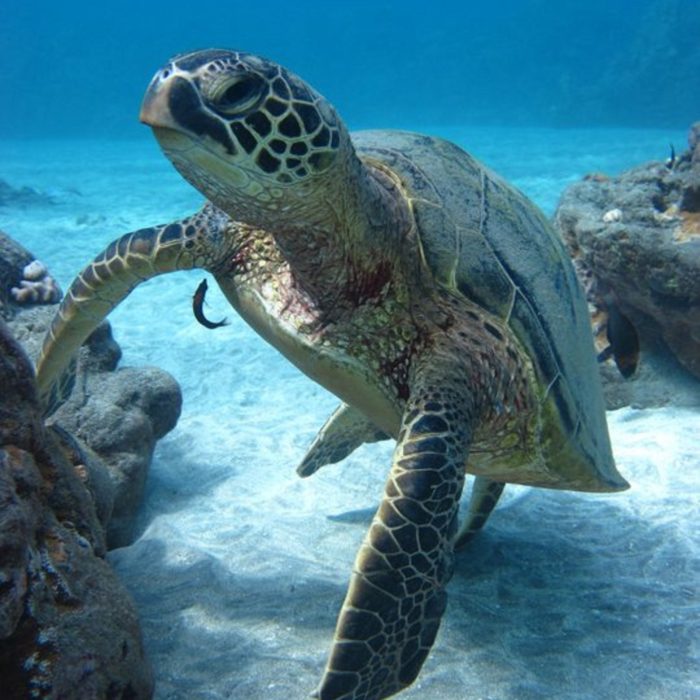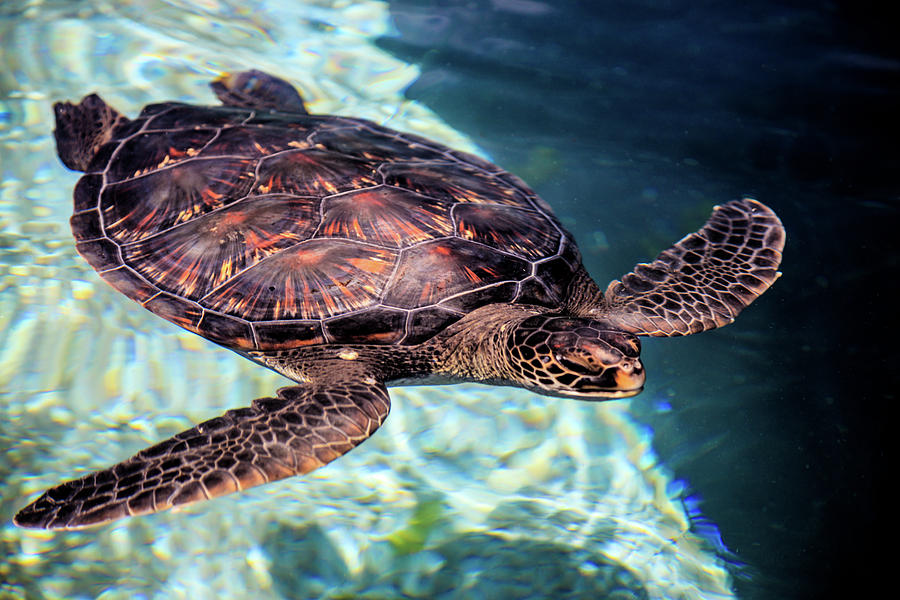

The oldest Polynesian rocks outside Zealandia are to be found in the Hawaiian Emperor Seamount Chain and are 80 million years old. The oldest rocks in Polynesia are found in New Zealand and are believed to be about 510 million years old. Zealandia's continental shelf has a total area of approximately 3,600,000 km 2 (1,400,000 sq mi).

There is a transform fault that currently traverses New Zealand's South Island, known as the Alpine Fault. This subduction zone is associated with the volcanism that gave rise to the Kermadec and Tongan islands.

The convergent plate boundary that runs northwards from New Zealand's North Island is called the Kermadec-Tonga subduction zone. When that changed, it had the effect of uplifting the portion of the continent that is modern-day New Zealand. The Pacific plate had previously been subducted under the Australian Plate. Zealandia is believed to have mostly sunk below sea level 23 million years ago, and recently partially resurfaced due to a change in the movements of the Pacific Plate in relation to the Indo-Australian Plate. The other land masses in Polynesia - New Zealand, Norfolk Island, and Ouvéa, the Polynesian outlier near New Caledonia - are the unsubmerged portions of the largely sunken continent of Zealandia. Most Polynesian islands and archipelagos, including the Hawaiian Islands and Samoa, are composed of volcanic islands built by hotspots (volcanoes). The Hawaiian archipelago comprises about half the remainder. Polynesia is characterized by a small amount of land spread over a very large portion of the mid- and southern Pacific Ocean. This term makes clear that the grouping includes the Hawaiian Islands, which are located at the northern vertex of the referenced "triangle." Another term in use, which avoids this inconsistency, is "the Polynesian Triangle" (from the shape created by the layout of the islands in the Pacific Ocean).

The Hawaiian Islands have often been considered to be part of the South Sea Islands because of their relative proximity to the southern Pacific islands, even though they are in fact located in the North Pacific. By tradition, the islands located in the southern Pacific have also often been called the South Sea Islands, and their inhabitants have been called South Sea Islanders. In 1831, Jules Dumont d'Urville proposed a narrower definition during a lecture at the Geographical Society of Paris. The term Polynésie was first used in 1756 by the French writer Charles de Brosses, who originally applied it to all the islands of the Pacific. The largest country in Polynesia is New Zealand. In centuries past, they had a strong shared tradition of sailing and using stars to navigate at night. They have many things in common, including language relatedness, cultural practices, and traditional beliefs. The indigenous people who inhabit the islands of Polynesia are called Polynesians. Polynesia ( UK: / ˌ p ɒ l ɪ ˈ n iː z i ə/, US: /- ˈ n iː ʒ ə/) is a subregion of Oceania, made up of more than 1,000 islands scattered over the central and southern Pacific Ocean. The three major cultural areas in the Pacific Ocean: Melanesia, Micronesia, and Polynesia


 0 kommentar(er)
0 kommentar(er)
